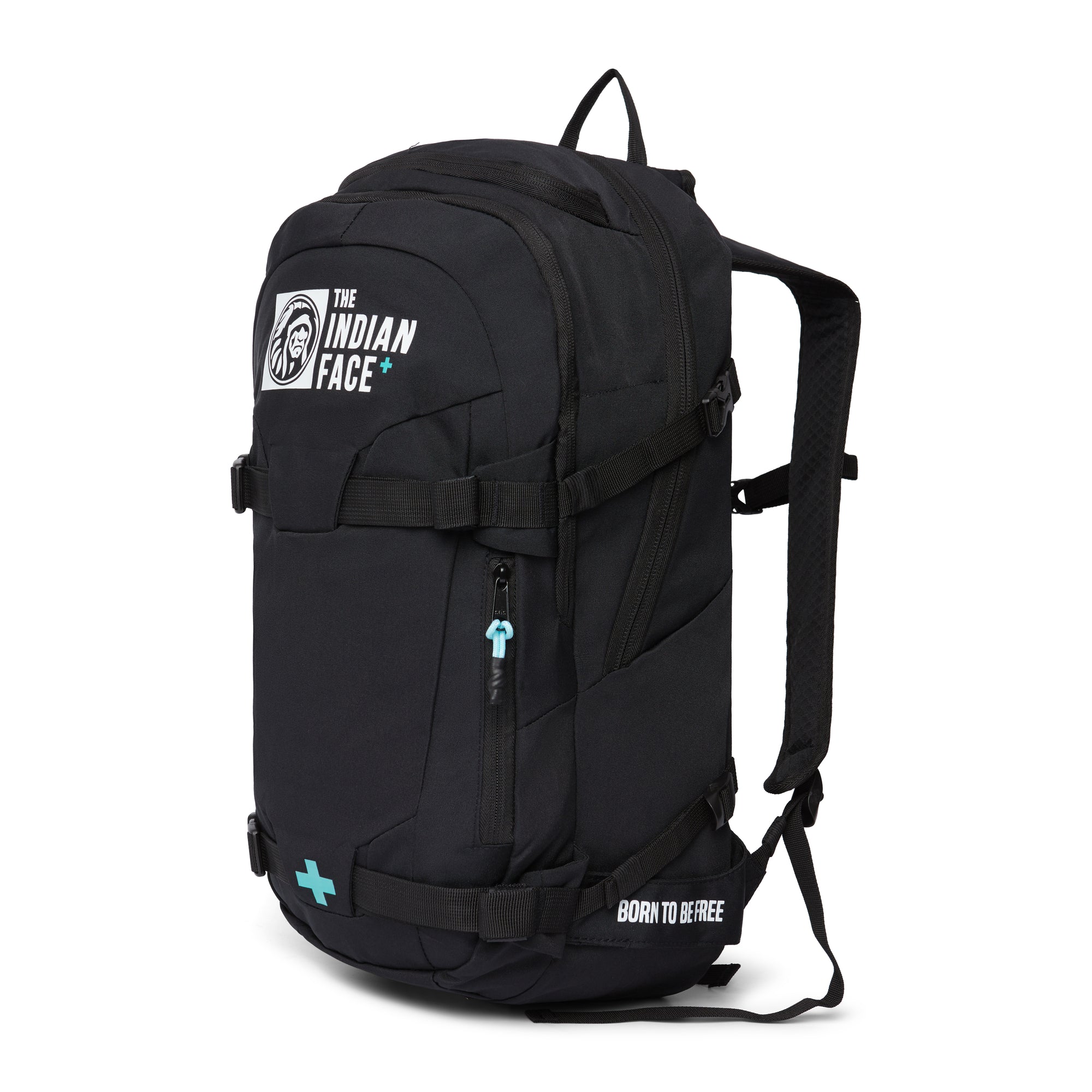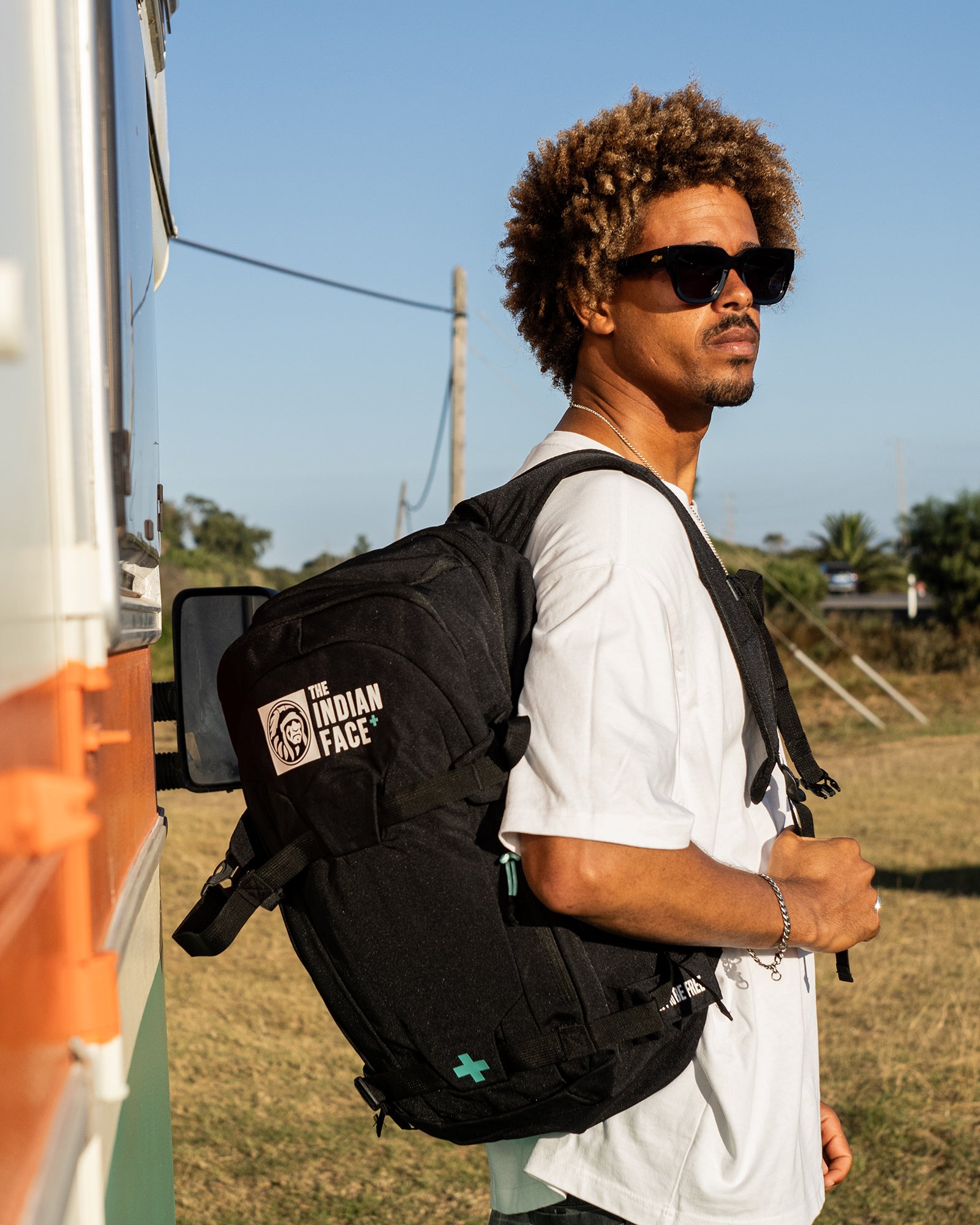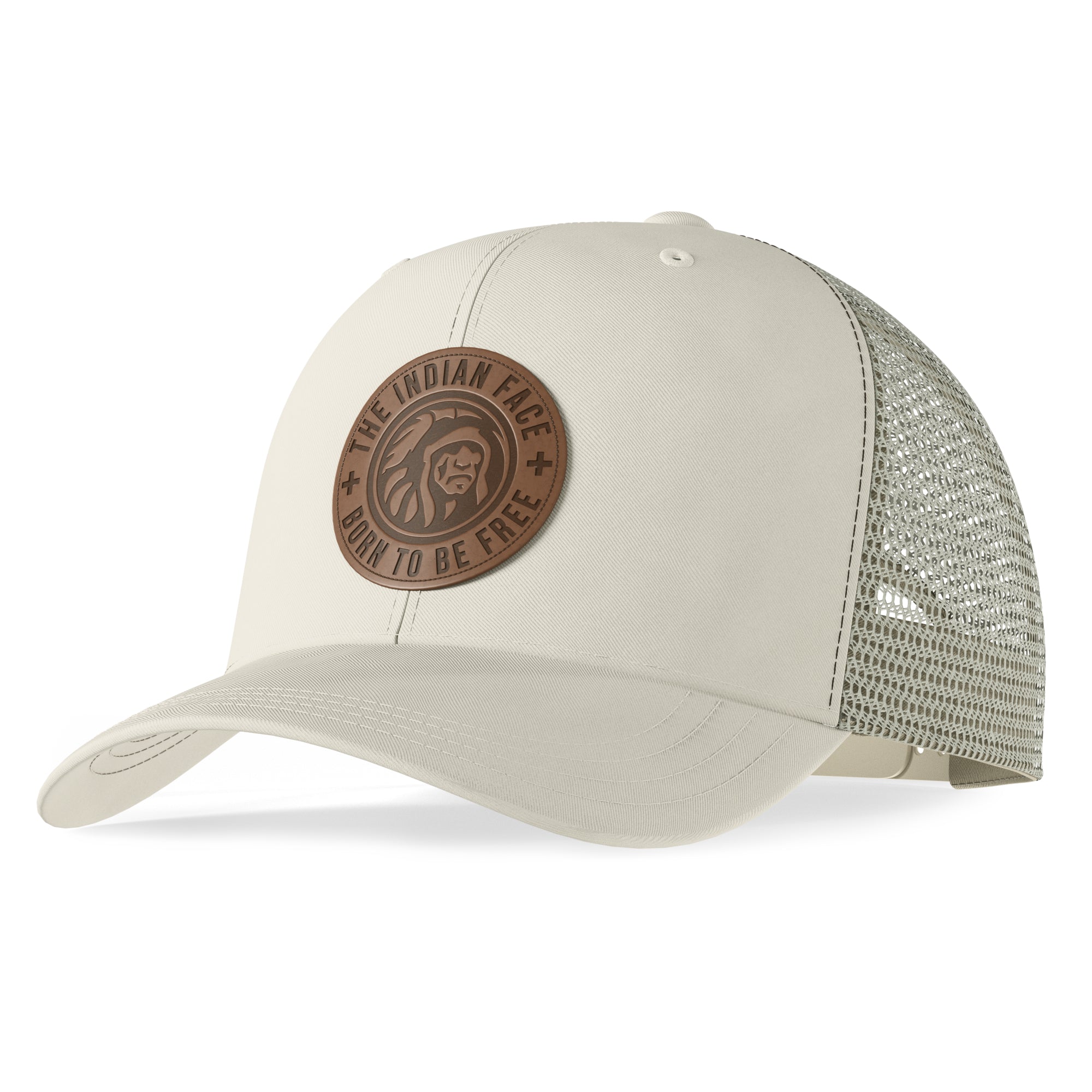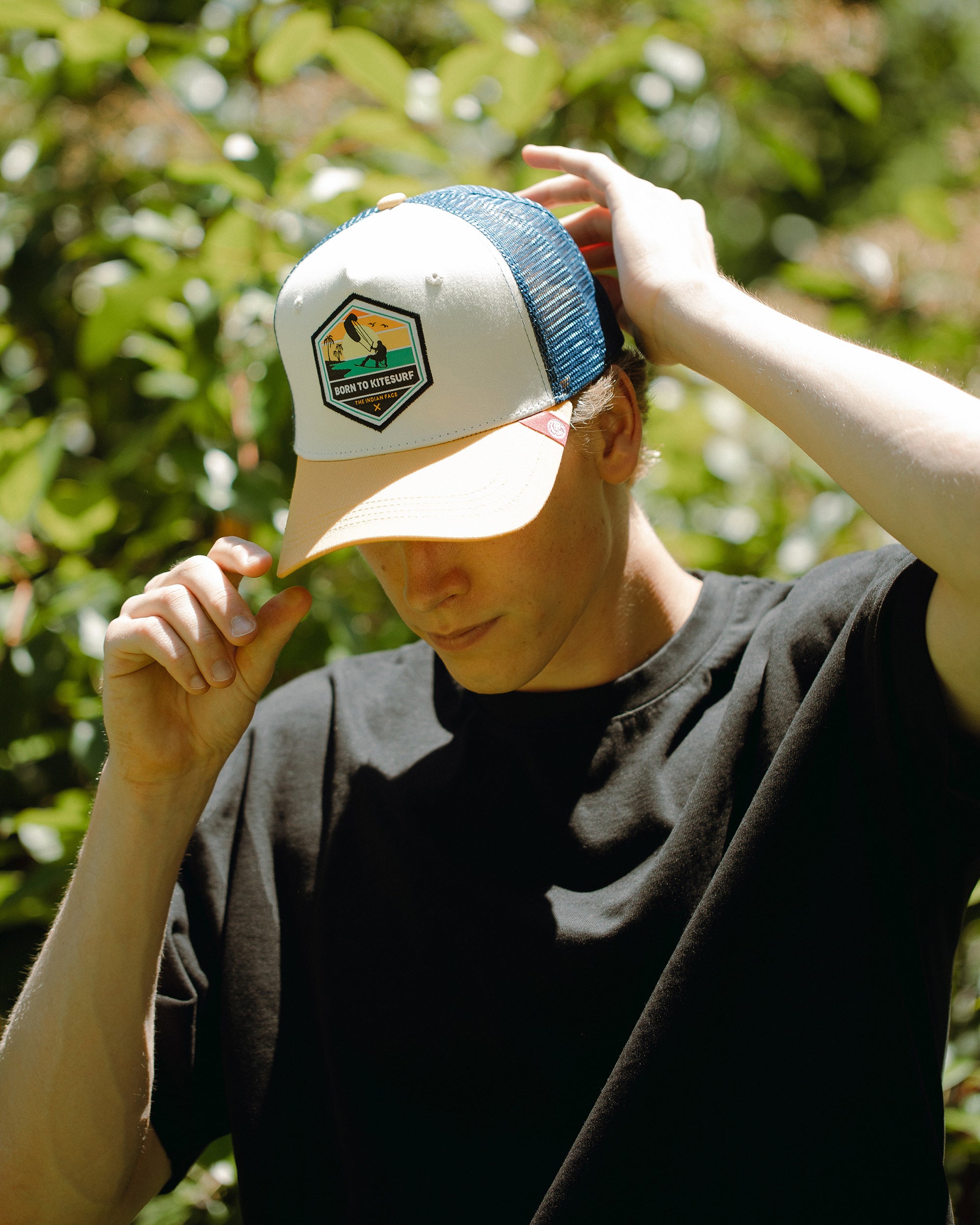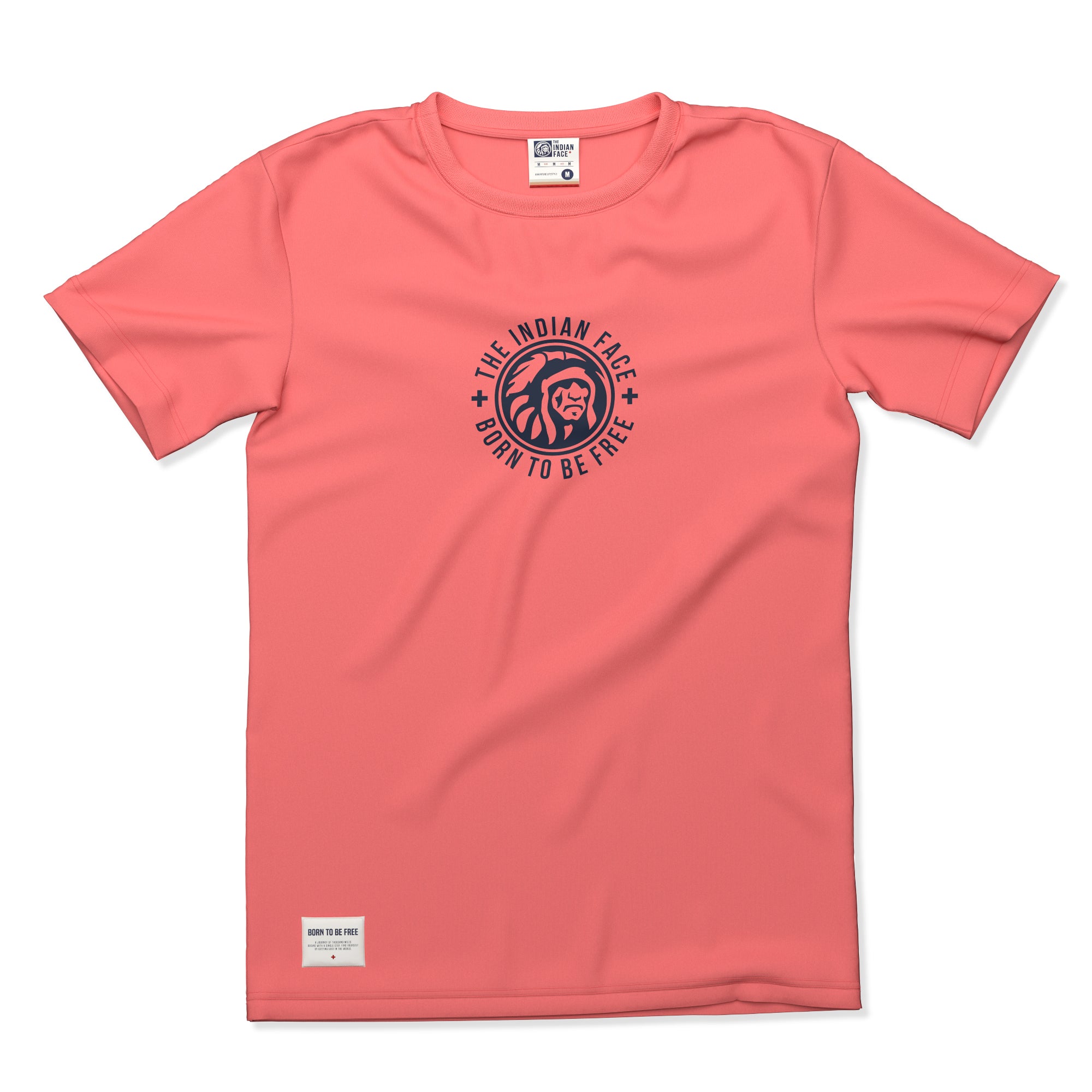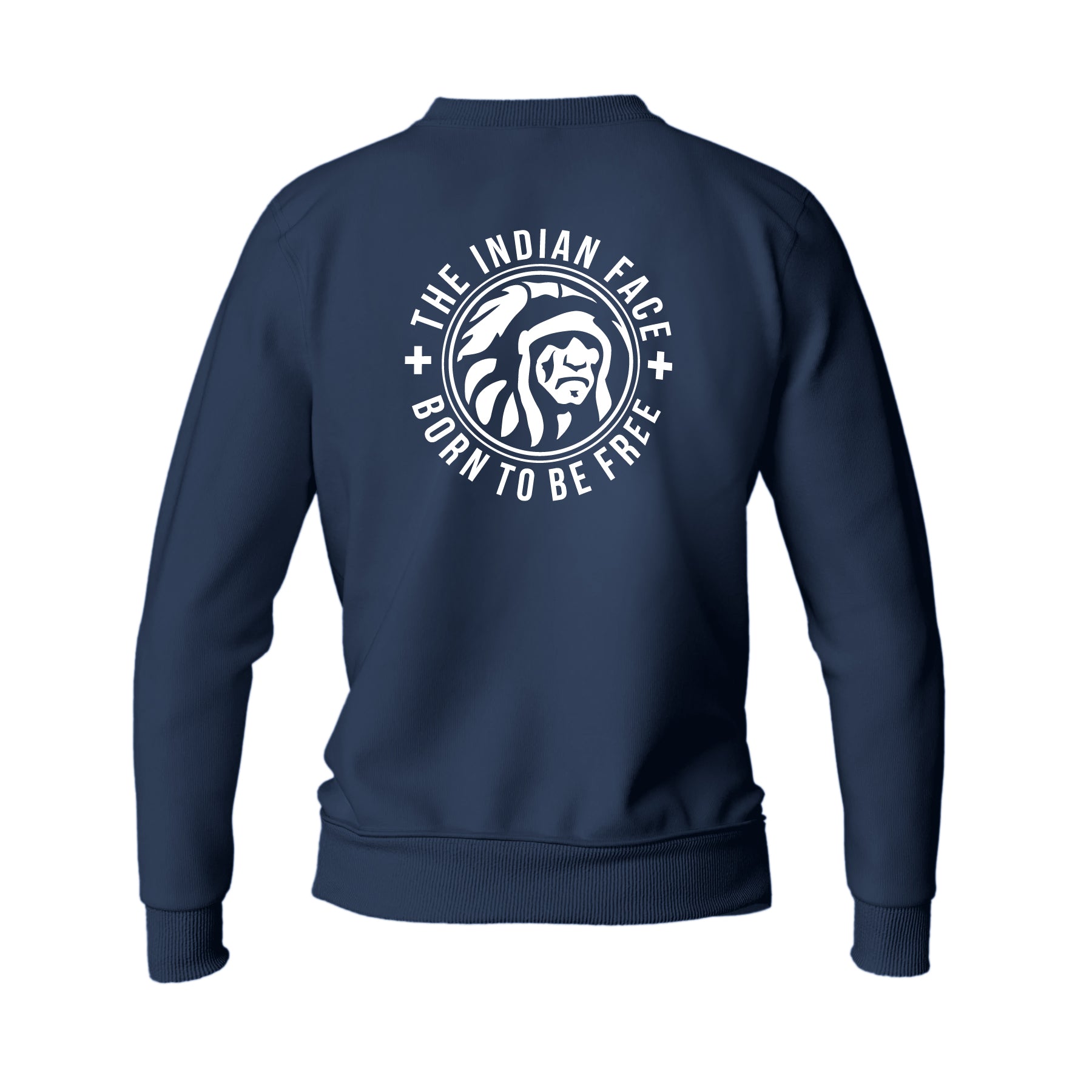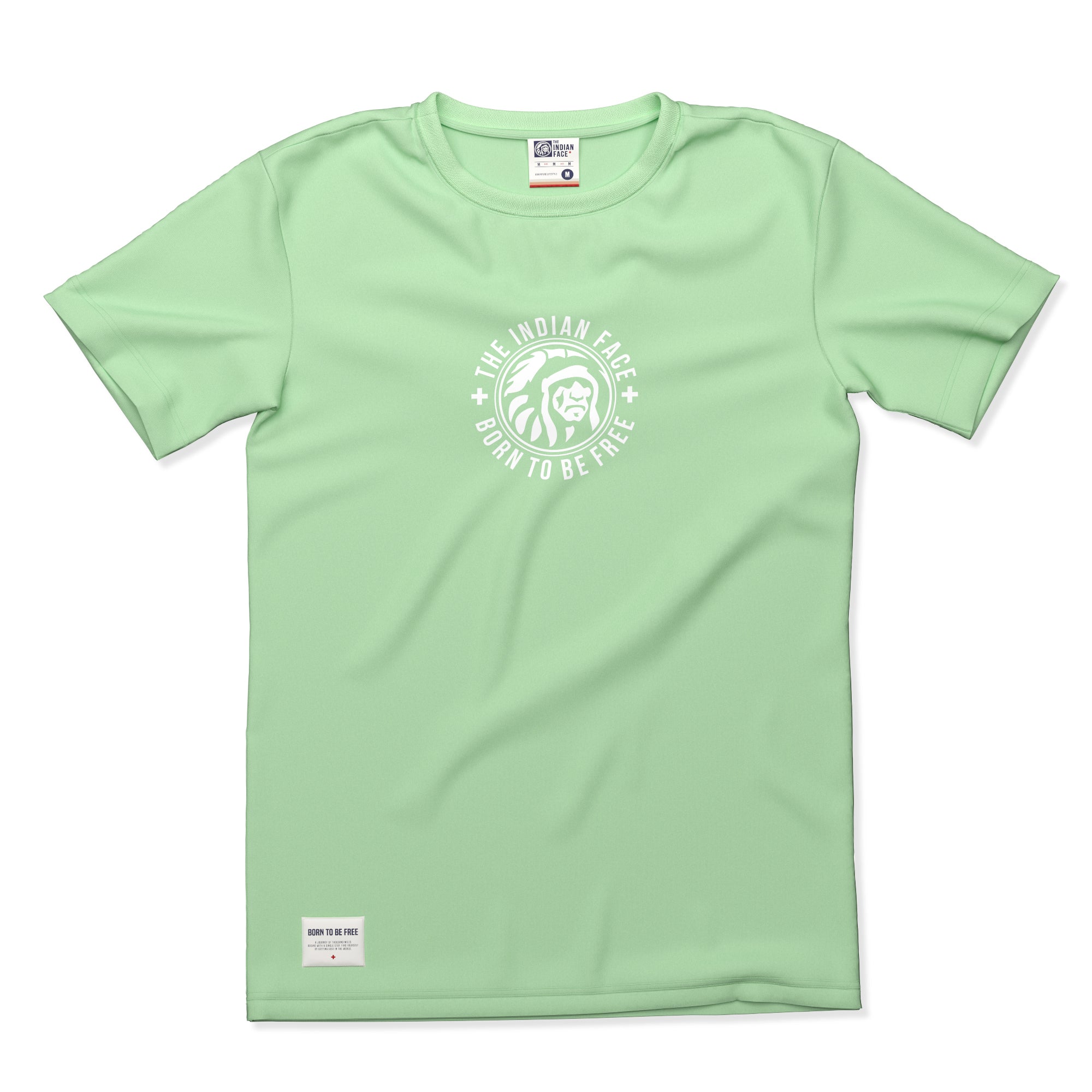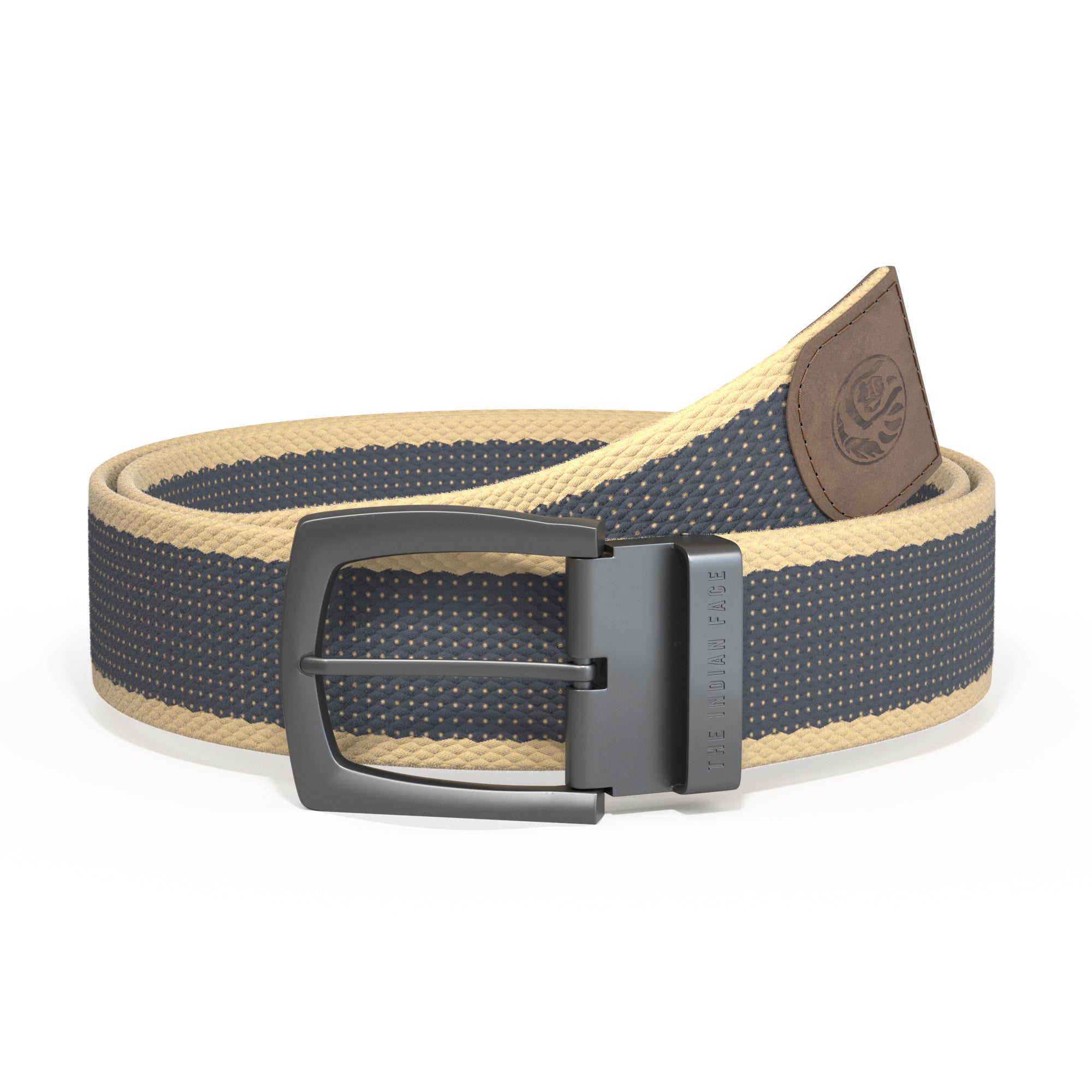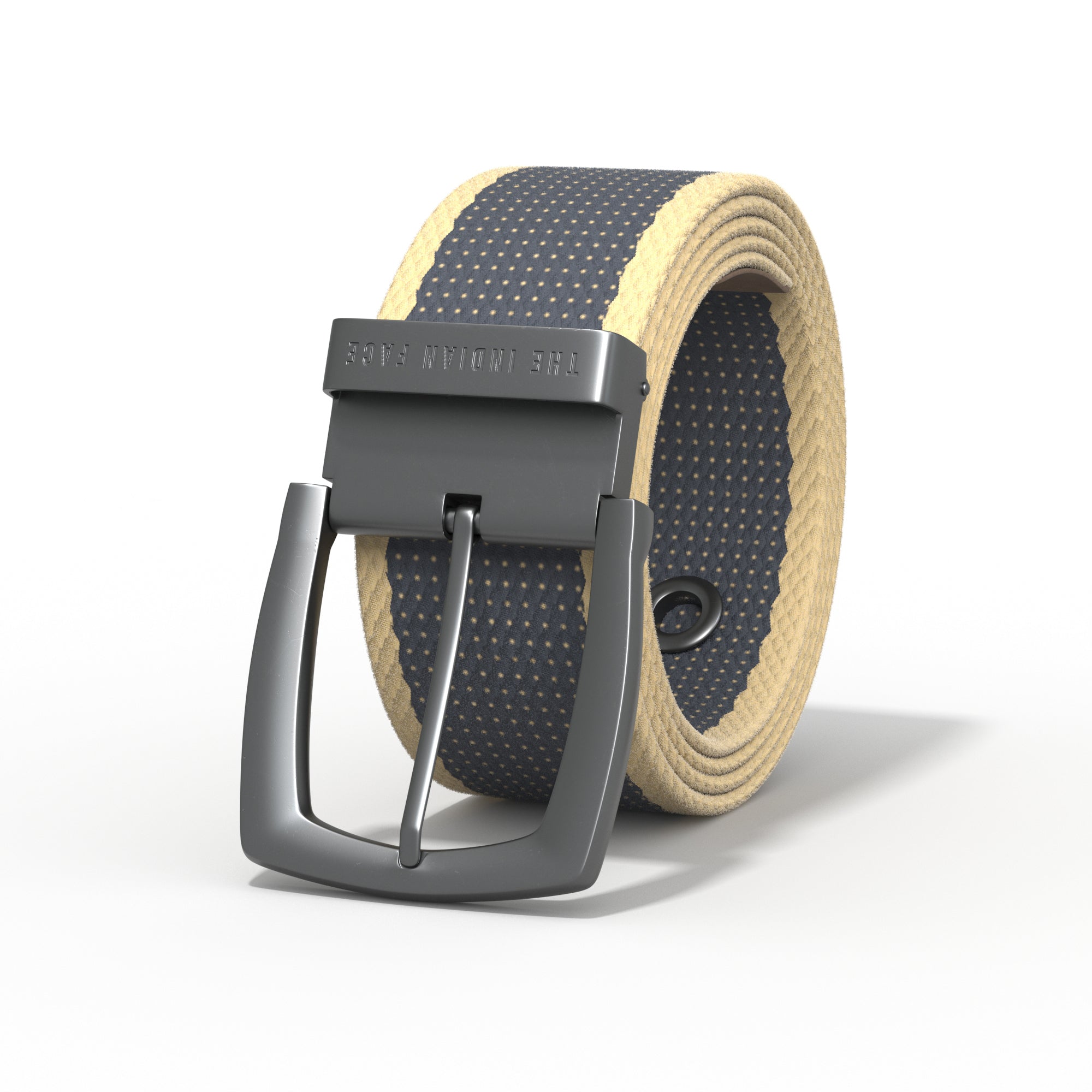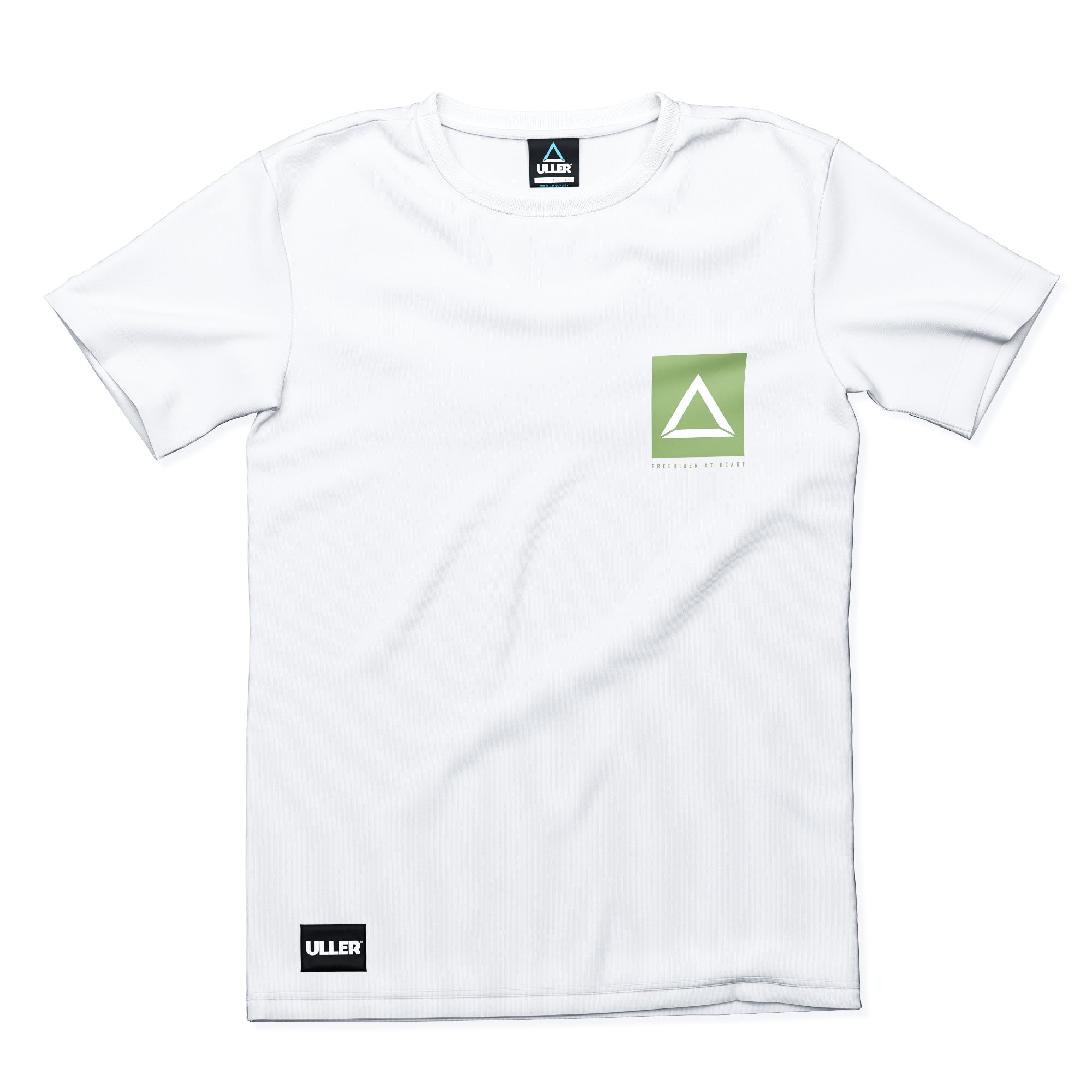motocross is an exciting sport that combines skill, adrenaline and a unique connection with the motorcycle and nature. For those who want to enter this world of speed and skill, it is essential to understand the basic techniques and have the right equipment to enjoy a safe and satisfying experience. In this article, we'll explore how to get started in motocross, from the fundamental techniques to the equipment needed to begin your journey into the world of mud, jumping and speed.
Motocross: exploring the world of speed and adventure
The origins of motocross can be traced back to the United Kingdom in the 1920s, when motorcycle enthusiasts began competing in cross-country off-road racing. What started as an informal way to have fun with friends soon evolved into an organized sport with official rules and competitions.
As motocross gained popularity, especially after World War II, specific circuits were established and motorcycles designed specifically for this type of terrain were developed. The 1970s marked a milestone in motocross history with the creation of recognized world championships, catapulting the sport to a global audience and cementing its status as a legitimate and exciting form of competition.
What makes motocross unique is its combination of technical skill, physical endurance and pure bravery. Drivers must master a wide range of driving techniques, from throttle control and gear changes to absorbing impacts over jumps and bumps. Additionally, the ability to adapt to variable terrain, which can range from dry land to loose sand and thick mud, is critical to success in this challenging sport.
At the heart of motocross lies the relentless pursuit of self-improvement and the thrill of challenging the limits, making it a truly unforgettable sport for those who dare to participate in it. Therefore, we bring you a small introductory guide to this sport, in case you dare to give it a try.
Basic driving techniques: fundamentals to master the motorcycle and the terrain
Motocross is much more than a speed sport; It is a challenge of skill, endurance and mastery of the machine over changing and challenging terrain. Before venturing onto the motocross tracks, it is essential to understand and master basic riding techniques that will allow you to tackle any terrain with confidence and control. Below, we will explore each of these fundamental techniques in detail:
- Proper posture:
The correct posture on the motorcycle is essential to maintain balance, control direction and absorb the impacts of the terrain. To do this, you must keep your body upright, with your elbows bent and your feet placed firmly on the stirrups. Distributes weight evenly between feet and hands, keeping the center of gravity low for increased stability and maneuverability.
- Throttle control:
Smooth and precise throttle control is key to maintaining control of the motorcycle at all times, especially on slippery or uneven terrain. Learn to dose the gas progressively and in advance, avoiding sudden movements that could cause skidding or loss of traction. Practice throttle sensitivity to adapt to different terrain and speed conditions.
- Braking:
Mastering the braking technique is essential to stop the motorcycle in a safe and controlled manner in various situations. Both the front and rear brakes must be used in a coordinated and measured manner, with the majority of the braking power coming from the front brake. However, it is crucial to avoid wheel locks that can cause loss of control and falls. Practice braking in a straight line and cornering to gain confidence in your braking skills.
- Gear changes:
The ability to change gears quickly and smoothly is essential to keep the engine in the optimal rev range and adapt to terrain conditions. Learn to anticipate gear changes based on speed and the demands of the terrain, using the clutch smoothly and precisely to minimize loss of traction and rear axle rebound.
- Shock absorption:
In motocross, it is inevitable to face bumps, jumps and obstacles that can test your ability to absorb impacts. To do this, flex your legs and arms as you face obstacles, allowing the motorcycle's suspension to absorb the impact and always maintaining control over direction and stability. Practice the "load and unload" technique when jumping to maintain the motorcycle's flight path and land in a smooth and controlled manner.

Mastering these basic riding techniques is the first step to becoming a competent and confident motocross rider. Spend time practicing and perfecting these skills on appropriate courses and under the supervision of experienced instructors. With patience, determination and constant practice, you will be ready to take on any challenge that the exciting world of motocross throws at you.
Prepare well for this sport and enjoy the fun world of Motocross
Motocross is an exciting but demanding sport that requires proper equipment to ensure the safety and comfort of the rider at all times. Each piece of equipment plays a crucial role in protecting against injury and in the rider's ability to take on the challenges of the terrain with confidence and determination. Next, we will delve into each item of equipment necessary to practice motocross:
- Helmet:
The helmet is the most important piece of a motocross rider's equipment. It must be a motocross-specific helmet, certified and designed to provide optimal head and neck protection. Look for a helmet that complies with current safety regulations and that fits perfectly to your head, with a safe and comfortable retention system.
- Glasses:
Motocross goggles are essential to protect your eyes from dust, dirt and stones that may be thrown by other riders' wheels. Look for glasses with impact-resistant lenses and a design that provides a wide field of vision and good ventilation to prevent fogging during the race.
- Boots:
Motocross-specific boots are essential to provide good grip on the stirrups, ankle protection and adequate abrasion resistance in the event of a fall. Choose boots that are comfortable and fit your feet and legs correctly, with reinforcements in key areas for optimal protection.
- Gloves:
Motocross gloves are essential to protect your hands in case of a fall and provide a good grip on the motorcycle controls. Look for sturdy gloves made of durable materials and that offer protection for your knuckles and palms.
- Pants and sweater:
The motocross pants and jersey are designed to offer comfort, protection and freedom of movement on the track. Look for clothing made of durable, breathable materials that allow you to move easily and provide protection against abrasion in the event of a fall.
- Protections:
In addition to basic equipment, consider using additional protection, such as elbow pads, knee pads and chest protectors, to reduce the risk of injury in the event of an accident. These protections can be especially useful for beginner riders or those facing more technical and demanding terrain.
- Motorcycle:
Of course, you will need a suitable motocross bike to practice on. Choose a model that fits your experience level and budget, and be sure to keep it in good working order with regular maintenance. The bike should be equipped with proper motocross tires and adjusted to suit your height and riding style.
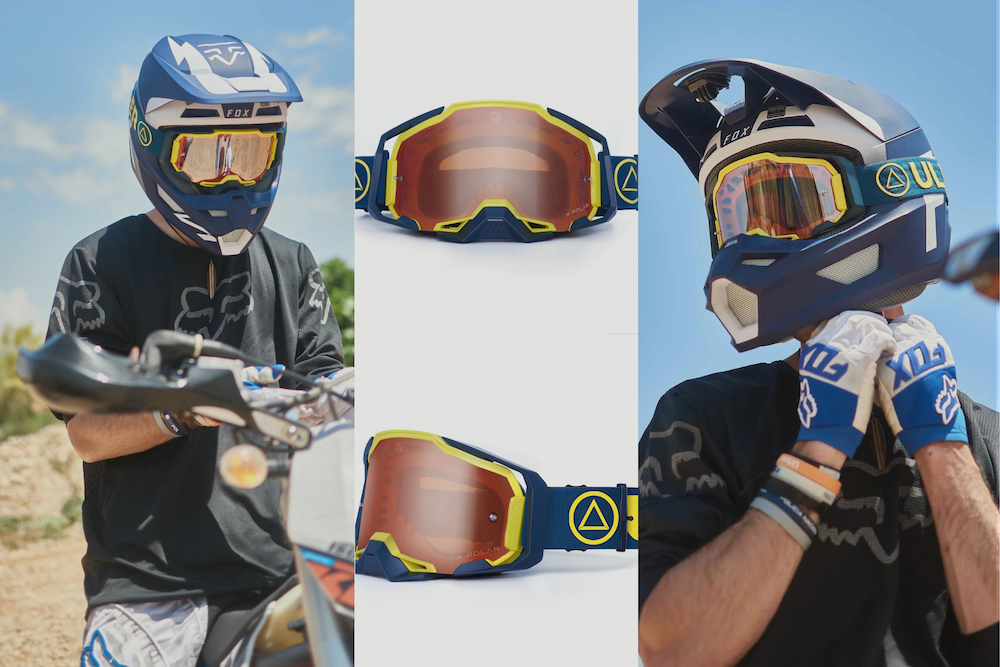
In short, the right equipment is essential to ensuring a safe and successful motocross experience. Invest in quality equipment that fits correctly and provides the protection and comfort needed to take on the challenges of the terrain with confidence and determination.
Prepare well for this sport and enjoy the fun world of Motocross
Getting started in motocross can be an exciting and rewarding experience, but it is important to do it safely and responsibly. Mastering basic driving techniques and having the right equipment will help you fully enjoy this exciting sport while minimizing the risks. Always remember to respect safety regulations and follow the instructions of the most experienced instructors and pilots. Get ready to feel the thrill of speed and freedom on two wheels in the world of motocross!
MOTOCROSS FREQUENTLY ASKED QUESTIONS
What is motocross?
Motocross is a competitive sport in which riders compete on specially designed circuits, facing varied and challenging terrain aboard off-road motorcycles.
What is the difference between motocross and enduro?
Although both involve riding off-road motorcycles, motocross takes place on closed, specially designed courses, while enduro involves riding long distances across natural and varied terrain.
What type of equipment is needed to practice motocross?
Essential equipment includes a certified helmet, goggles, motocross-specific boots, durable gloves, pants and jersey designed for motocross, additional protection (elbow pads, knee pads, chest protector) and, of course, a suitable motocross bike.
What are the main risks associated with practicing motocross?
The main risks include injuries from falls, collisions with other riders or obstacles, as well as injuries caused by exposure to uneven terrain and adverse weather conditions.
What are the most important motocross competitions worldwide?
Some of the most prestigious competitions include the World Motocross Championship (MXGP), the AMA Motocross Championship in the United States and the British Motocross Championship in the United Kingdom.








